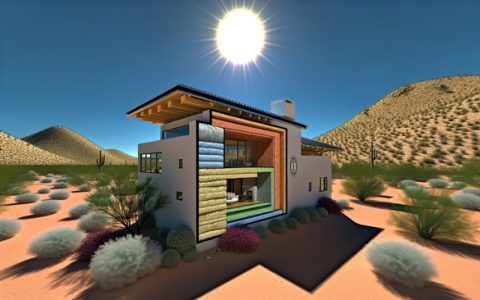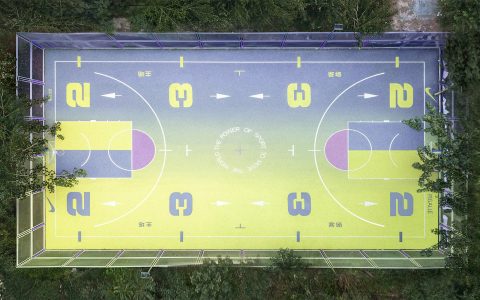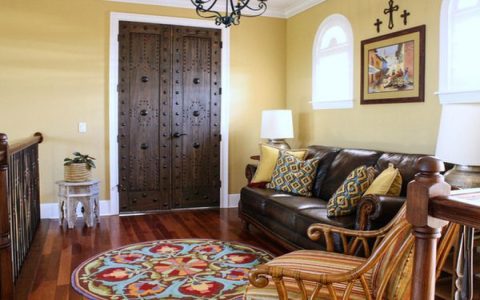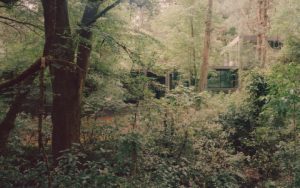Mastering architecture in hot arid zones demands strategies that optimize thermal comfort and resource efficiency through intelligent design choices.
Secret 1: Leverage High Thermal Mass
Incorporate dense materials like adobe, rammed earth, or concrete in walls and floors to absorb daytime heat and release it gradually at night, stabilizing indoor temperatures without active cooling.
Secret 2: Prioritize Natural Ventilation
Design for cross-breezes using wind towers, courtyards, and strategic window placements to facilitate passive airflow, cooling interiors while minimizing energy consumption.
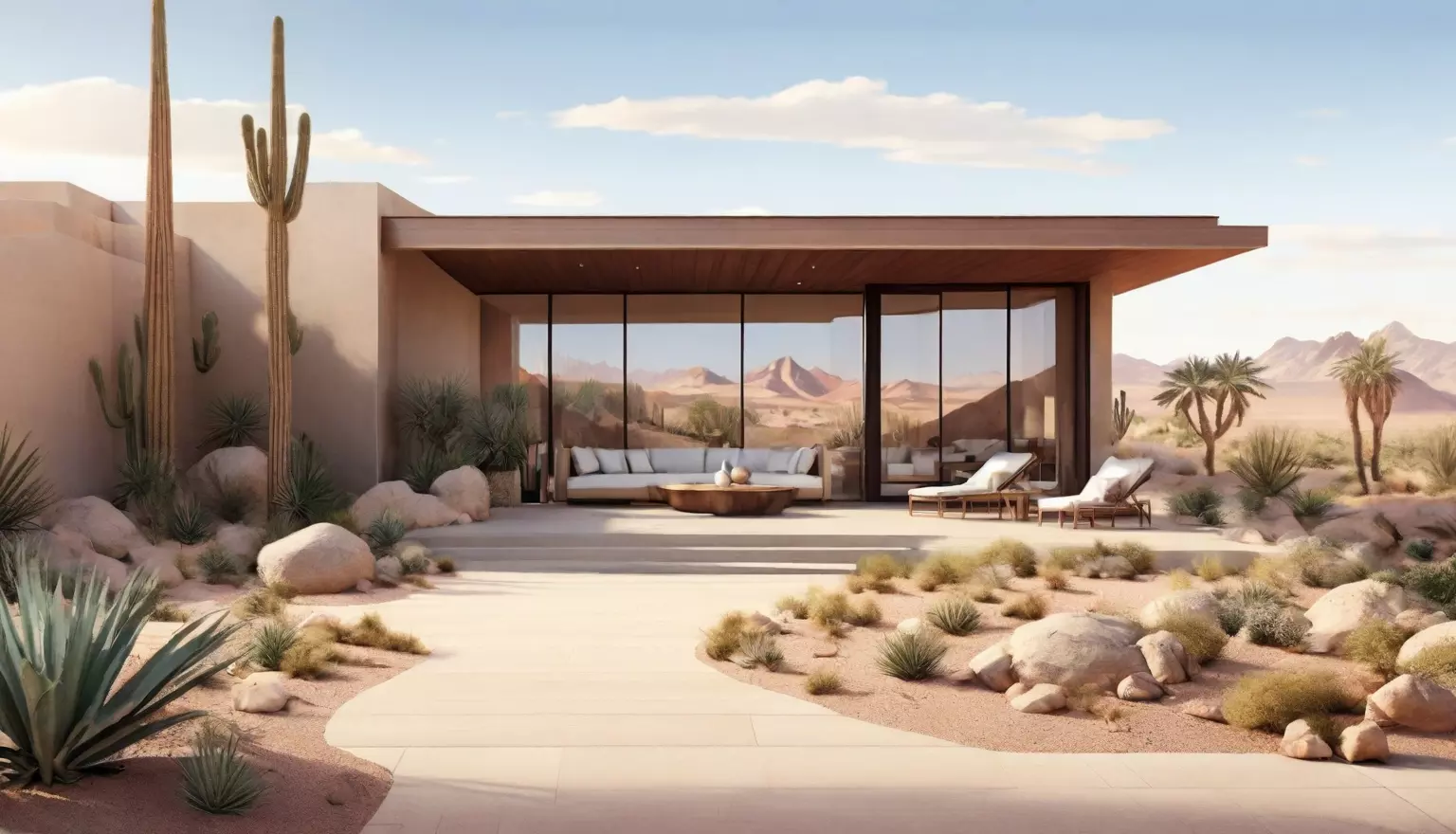
Secret 3: Focus on Water-Smart Systems
Integrate rainwater harvesting, greywater recycling, and drought-resistant landscaping to conserve scarce water resources; pair this with permeable surfaces to reduce runoff and evaporation.
Secret 4: Optimize Solar Shading
Employ shading elements such as deep overhangs, brise-soleil, and vegetation to block intense solar radiation, significantly cutting cooling loads and enhancing occupant comfort.
Secret 5: Select Local and Adaptive Materials
Use regionally sourced, sustainable materials like indigenous stone or timber for their inherent thermal properties and durability, ensuring resilience against erosion and thermal stress while lowering carbon footprints.
Implementing these techniques ensures buildings not only survive but thrive in harsh desert environments sustainably.

